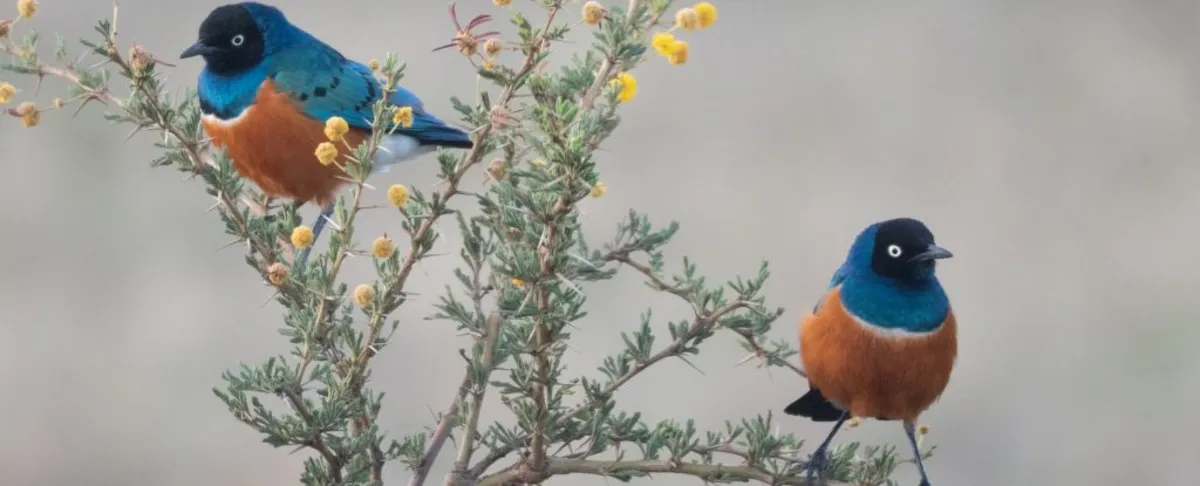
The ability to cooperate and work together is not unique to humans; it’s a fundamental strategy for collective survival found throughout the entire tree of life. From the intricate give-and-take between symbionts to the unexpected acts of kindness among strangers, cooperation plays a crucial role in the survival of many species. One fascinating aspect of this cooperative behavior is friendship—the strong and lasting social bonds formed between unrelated members of the same species. Recent discoveries in avian behavior have shed light on this concept, particularly in birds.
Researchers have uncovered compelling evidence of reciprocal helping in superb starlings (*Lamprotornis superbus*). A study led by biologist Alexis Earl from Cornell University analyzed over 20 years of data, revealing clear instances where these birds offer assistance to unrelated flock members, expecting that such favors will be returned in the future. According to ornithologist Dustin Rubenstein, this discovery represents the first substantial evidence of reciprocity in a cooperatively breeding bird, marking a significant milestone in our understanding of social behavior beyond human interactions.
Cooperative behavior is essential for social animals living in large communities. While it is common to observe familial ties resulting in assistance, some species take this cooperation a step further. For example, cows often form friendships with unrelated companions, while male dolphins create social bonds based on shared skills. Additionally, vampire bats engage in reciprocal food-sharing, and various non-human primates forge social connections that allow for mutual support. Even rooks, a type of bird, exhibit non-familial social behavior.
What we are seeing in these animals are reciprocal social relationships, where individuals help each other with the expectation of future assistance. Rubenstein elaborated on this concept, explaining, “I might help you today, and you might then help me at some point in the future.” This form of social interaction benefits both parties, creating long-lasting relationships akin to friendships. However, identifying these relationships in wild animals poses significant challenges.
The research focused on wild starlings in eastern Africa, where flocks can consist of anywhere from seven to 60 members. These birds are known as cooperative breeders, meaning non-parent birds assist in raising the young. The data collected between 2002 and 2021 spanned nine flocks and 40 breeding seasons. To provide context for their observations, the researchers also analyzed DNA from some of the birds to understand their genetic relationships.
From their extensive observations, the researchers documented instances of assistance, such as birds bringing food to nests or defending them. While most reciprocal helping was seen among related individuals, the study revealed that unrelated birds, often newcomers to the flock, also formed strong social bonds and engaged in reciprocal helping over time. Rubenstein noted, "These immigrants don't have relatives with whom they could help breed, so they have to form new social relationships upon joining the group.”
This groundbreaking finding challenges the long-held belief that birds primarily help each other out of altruism due to kin selection. Even in the presence of relatives, some non-related starlings assist one another, alternating roles between parent and helper from one breeding season to the next. The research suggests that these birds even develop close bonds with specific individuals, indicating that their relationships are not random but rather chosen deliberately. While it may be a stretch to label these connections as “besties,” the sentiment is not entirely misplaced.
This study provides valuable insights into how birds cooperate for various reasons. Starlings, in particular, rely on helpers to raise their offspring. They can recruit relatives who share genetic ties with the young or establish long-term social bonds with unrelated individuals. Rubenstein concluded, "These might be considered analogous to forming a friendship." This research not only enriches our understanding of avian behavior but also emphasizes the complexity of social interactions across species.